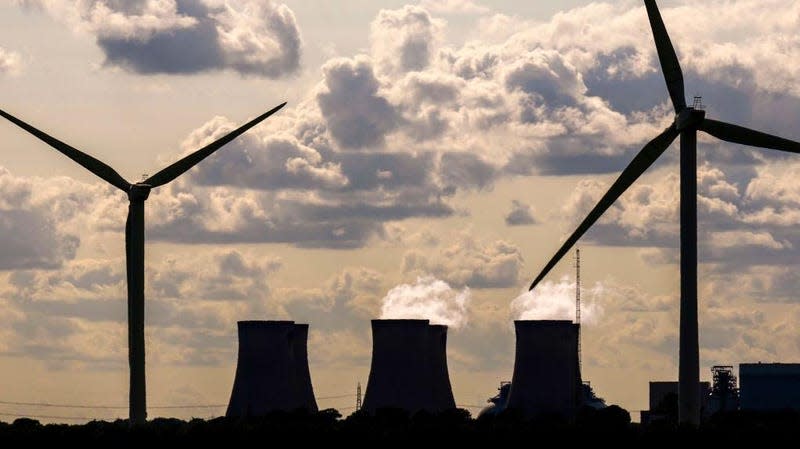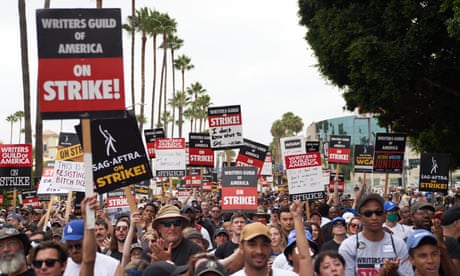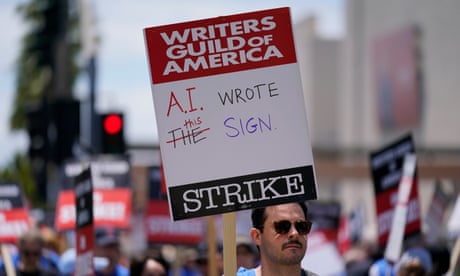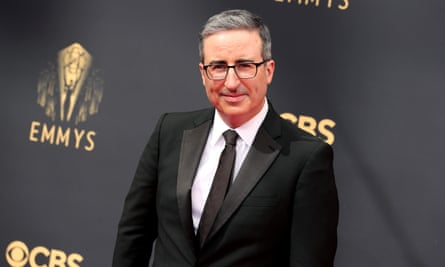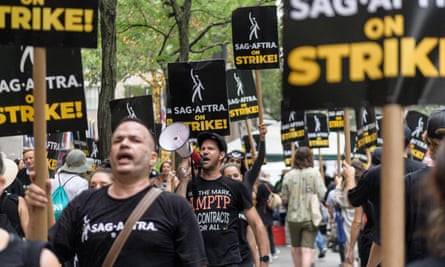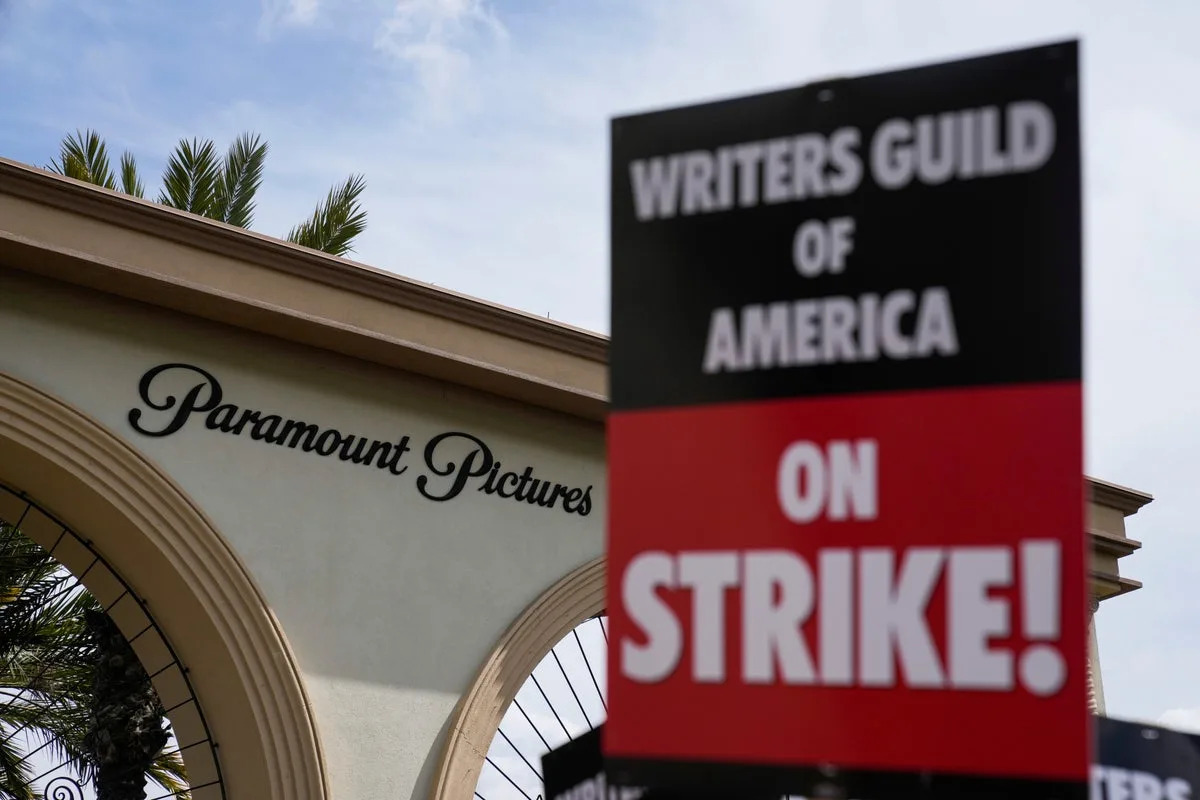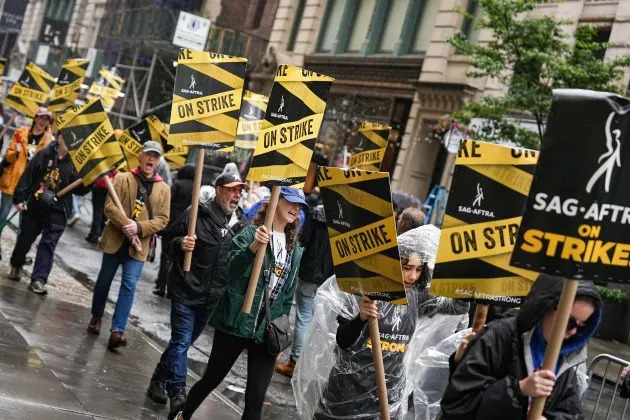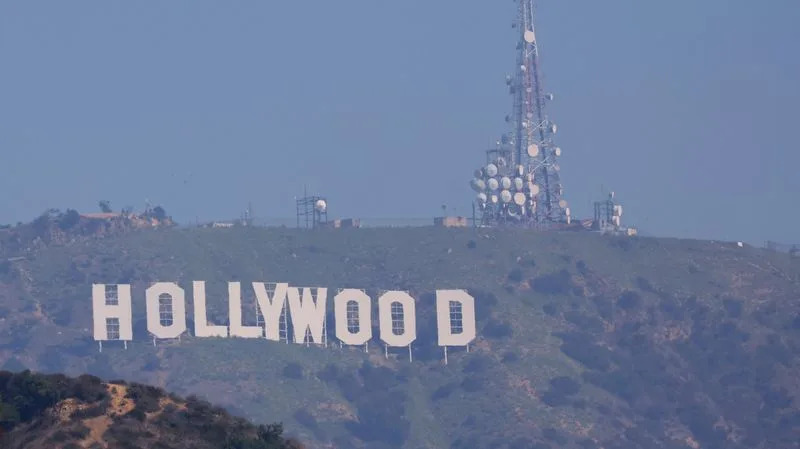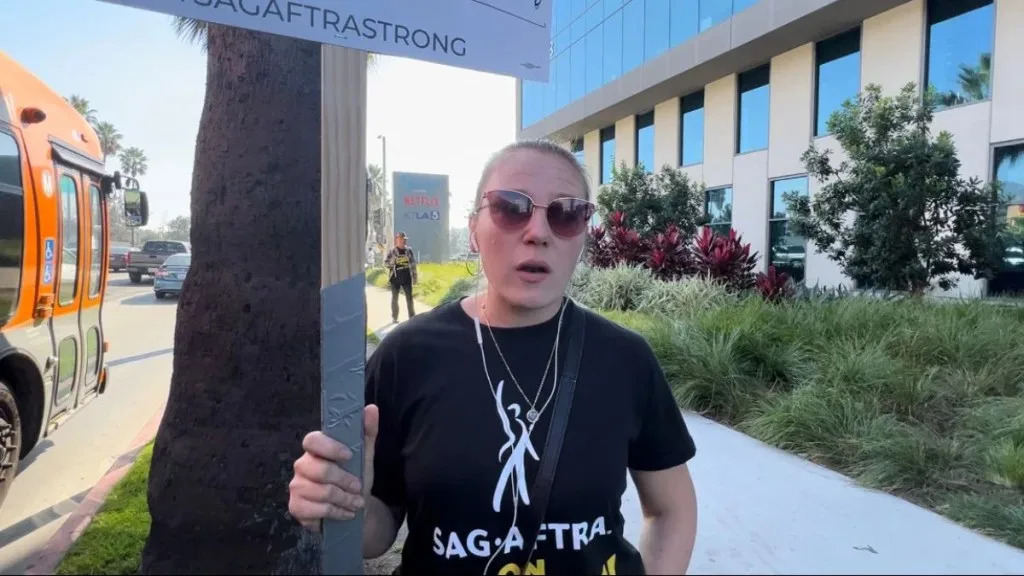Gautam Naik and Leonard Kehnscherper
Mon, September 25, 2023 a

Fund Managers in ‘Complete Shock’ After Sunak’s Green Pivot
(Bloomberg) -- Some of the world’s biggest green investors are voicing dismay and bewilderment as they struggle to digest the UK government’s stated intention to wind back key climate commitments.
“It was a complete shock,” said Ian Simm, founder and chief executive of London-based Impax Asset Management Group Plc, a low-carbon fund investor overseeing close to $50 billion in assets. Britain’s official policy now represents “a risk for anyone considering an investment in the UK that’s dependent on government policy,” he said.
The watered-down climate goals announced by Prime Minister Rishi Sunak last week would delay the take-up of electric vehicles and the rollout of clean heat for British homes. It’s the latest in a string of similar policy adjustments that include expanding North Sea oil and gas production.
The upshot is the UK, which just a few years ago declared its goal of being a global leader in all things green, is now actively undermining its chances of hitting net zero emissions by mid-century.
For Impax, the takeaway is there’ll now “be fewer developers of projects in the green space,” which means “less deal flow for us,” Simm said in an interview.
The Details:
Sunak said in a speech last week that he would push back by five years to 2035 a plan to bar the sale of new petrol and diesel cars, casting the decision as an effort to protect families struggling with bills.
The vast majority of vehicles sold in the UK would likely be electric by 2030 without government intervention, he said.
Sunak also announced a 50% increase in funding to install heat pumps in homes and said gas boilers in existing homes will be phased out beginning in 2035. They will only need to be replaced once the boiler breaks, he said.
Sunak himself said it’s “absolutely wrong” to characterize his announcement as a watering down of Britain’s climate goals. He said the changes simply represented a “new approach” intended to help place more emphasis on consumer needs.
The UK has made “rapid progress in decarbonizing its economy,” with emissions down about 46% since 1990 and in line with its carbon budgets to date, said Maggie O’Neal, Barclays Plc global head of ESG research.
“However, the recent announcement by the PM has cast doubt on whether the UK will meet future” carbon budgets and other climate commitments, she said in a note on Monday. O’Neal also pointed to a warning from the Climate Change Committee that Sunak’s plan will “likely take the UK further away from being able to meet its legal commitments.”
Green Bonds
The first big test of investor confidence in the UK since Sunak’s comments comes Tuesday, when the government is due to auction £3 billion ($3.7 billion) in green gilts. The debt, which typically attracts specialist ethical funds, was first issued in 2021 and has already raised more than £30 billion.
“I’m not sure how it will affect the demand dynamics,” said Ulf Erlandsson, chief executive officer of the Anthropocene Fixed Income Institute. But he said some investors who bought into the bond at previous auctions are “unlikely” to come back given the government’s policy shift.
They’ll probably “have doubts if this can be considered a green bond anymore,” he said.
Any hint of investor skepticism toward Tuesday’s auction would mark a meaningful setback for the UK after years spent trying to cement its position as a global hub for green finance. Britain was the first major country to publish a green finance strategy, and the first G20 member to require large firms to disclose climate-related risks. And it has a far higher proportion of companies rated as “ESG leaders” than North America or Asia, according to MSCI Inc. data cited by Kroll, a financial and risk advisory firm.
The UK had put green finance at the heart of the COP26 climate summit in Glasgow back in 2021. As chancellor at the time, Sunak laid out plans to make Britain “the world’s first net zero aligned financial center.”
That goal may now be beyond reach, according to Silvia Merler, head of ESG and policy research at Algebris Investments.
Becoming a net zero financial center is “intertwined with and dependent on consistent policy action to drive and support the UK’s real economy transition,” she said. The latest rollback “represents a dilution of climate pledges and may potentially challenge the UK’s ambition to position the City of London as a global green financial center.”
There’s also concern that Sunak’s pivot away from a green agenda may give businesses an excuse to water down their own efforts, creating a chain reaction of climate backtracking across the country.
While some large companies have made climate-related financial disclosures, “others haven’t, and the government must encourage them despite the easing of green measures,” wrote Mark Lumsdon-Taylor, ESG partner at MHA, the UK independent member firm of Baker Tilly International.
Some investors had already conveyed their unease to the government before Sunak made his climate U-turn official. In August, when a policy pivot appeared to be on the cards, financial institutions including Jupiter Asset Management Ltd., Scottish Widows Plc, Aegon, and Royal London Asset Management Ltd. wrote to Sunak, saying the signals coming from No. 10 risked eroding trust and “potentially delaying net zero-related investment.”
Last week, hundreds of organizations, including climate nonprofits and investment managers, sent a letter pressuring the government to stick with existing net zero policies. And they underlined the importance of such a commitment in light of record green stimulus being channeled into the economies of the US and EU.
“We are already losing investment to the US and EU,” the letter said. “Rowing back would make it worse.”
And green investors are continuing to step up the pressure. The Institutional Investors Group on Climate Change is actively seeking more signatures to double down on its demands that Sunak reconsider his stance.
His policy change “erodes the UK’s position as a global leader on climate, undermines our international competitiveness, and increases the risk that we fail to capitalize on one of the greatest economic opportunities of the 21st century,” according to the draft of a letter due to be sent to Sunak on Sept. 27.
--With assistance from Greg Ritchie.
Bloomberg Businessweek

